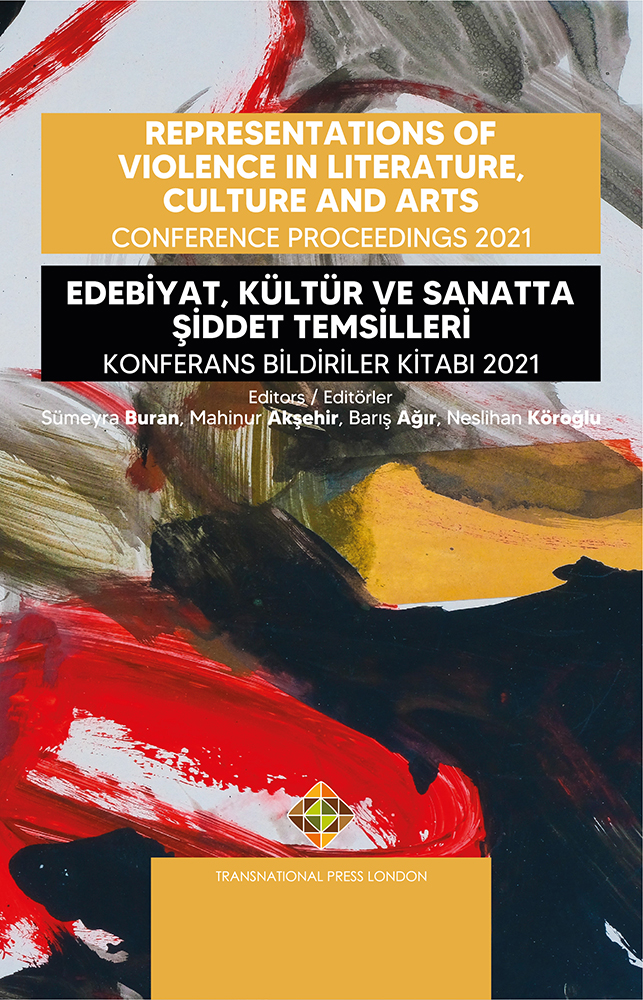A Clockwork Orange by Burgess: Revisiting Violence in a Dystopian Fiction
A Clockwork Orange by Burgess: Revisiting Violence in a Dystopian Fiction
Author(s): Anuska Guin
Subject(s): Studies in violence and power, British Literature
Published by: Transnational Press London
Keywords: A Clockwork Orange; Burgess; Violence; Dystopian Fiction;
Summary/Abstract: Representation of violence in literature is not new and it is very much perspective-oriented and diverse in forms but mainly it appears in the shape of abuse, war, and crime. From The Mahabharata, Beowulf, Illiad to Oedipus The King, King Lear, and 1984, violence in literature has evolved. Hannah Arendt suggests that violence has become the most dubious and uncertain instrument in international relations and it has gained a reputation in the matter of revolution (Jaber, 2021). It is suggested that the brutality and violence portrayed between the European nations in the First World War managed to “destroy a two-thousand-year-old Western tradition of hope and to transform it into a mood of despair” (Fromm, 1963, as cited in Baldwin, 2019). The rise of dystopian literature is witnessed mostly during 1945-1990, which is also known as the Cold War phase. Dystopia has been regarded as a ‘vessel’ for political coverage, dating back to the 19th century. The idea of a disintegrated and collapsed society has been one of the main pillars, behind the evolution of the genre. The acts of ultra-violence used in the book are mostly associated with the romanticization of social liberalism, aesthetic daring, and the State’s “dehumanizing’’ character which are the prime sources of the dystopian element. Alex and his “droogs’’ are represented as lacking empathy and Burgess predicted that youth culture would attach to sexual precocity and a kind of disabused knowingness (Dalrymple et al., 2022). A Clockwork Orange portrays different facets of violence ranging from the sexual exploitation of both sexes, the violence-induced slang, Nadsat to a battle between humanity and the State. In this paper violence as represented in dystopian fiction will be revisited and various layers, in addition to the aspects of violence that we get to observe in the novella, will be discussed from the perspective of dystopian violence. The Monstrosity of Alex – The Most Emphasized Dystopian Element
Book: Edebiyat, Kültür ve Sanatta Şiddet Temsilleri Konferans Bildiriler Kitabı 2021
- Page Range: 3-16
- Page Count: 14
- Publication Year: 2022
- Language: English
- Content File-PDF

